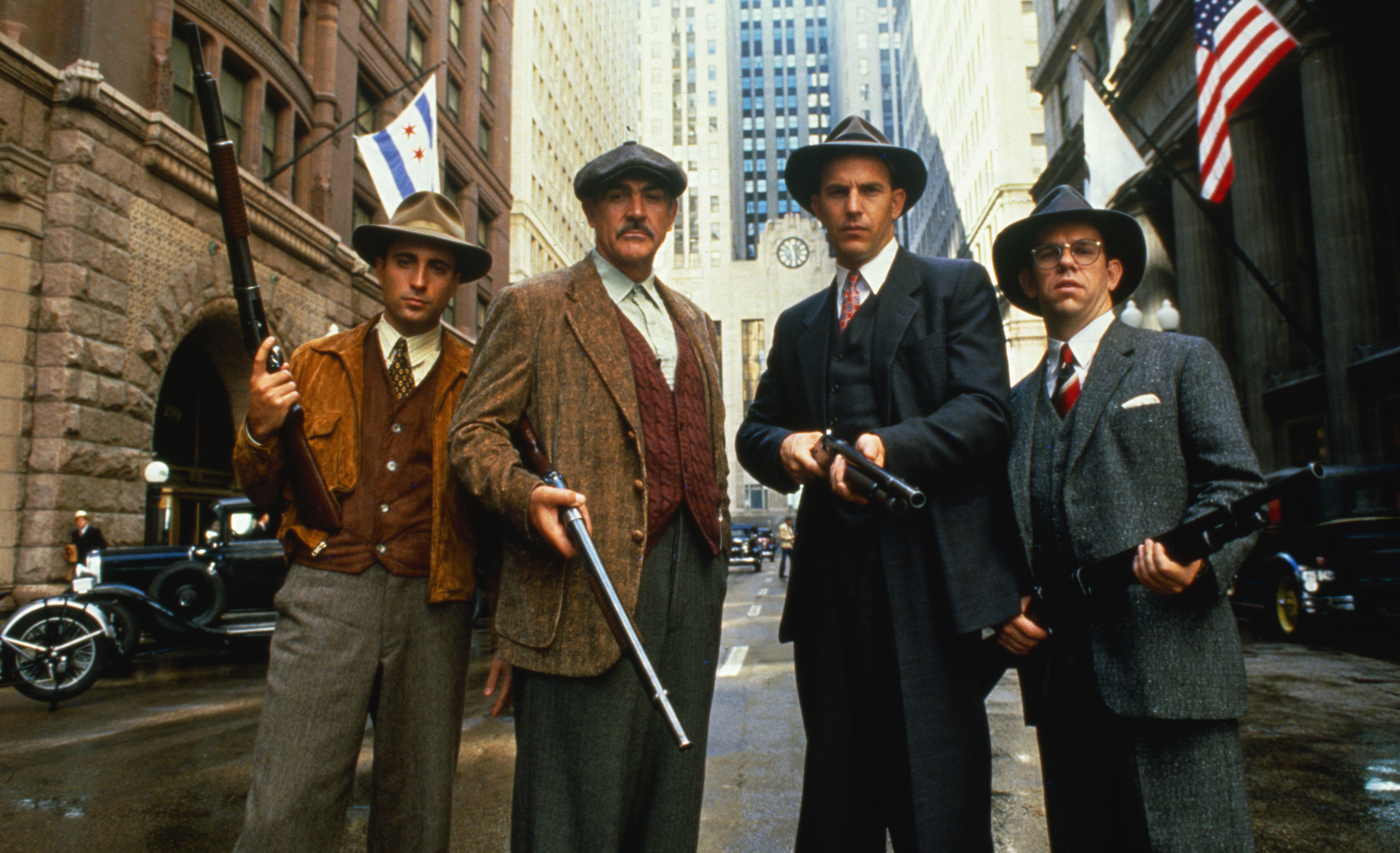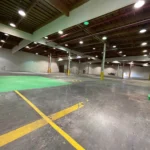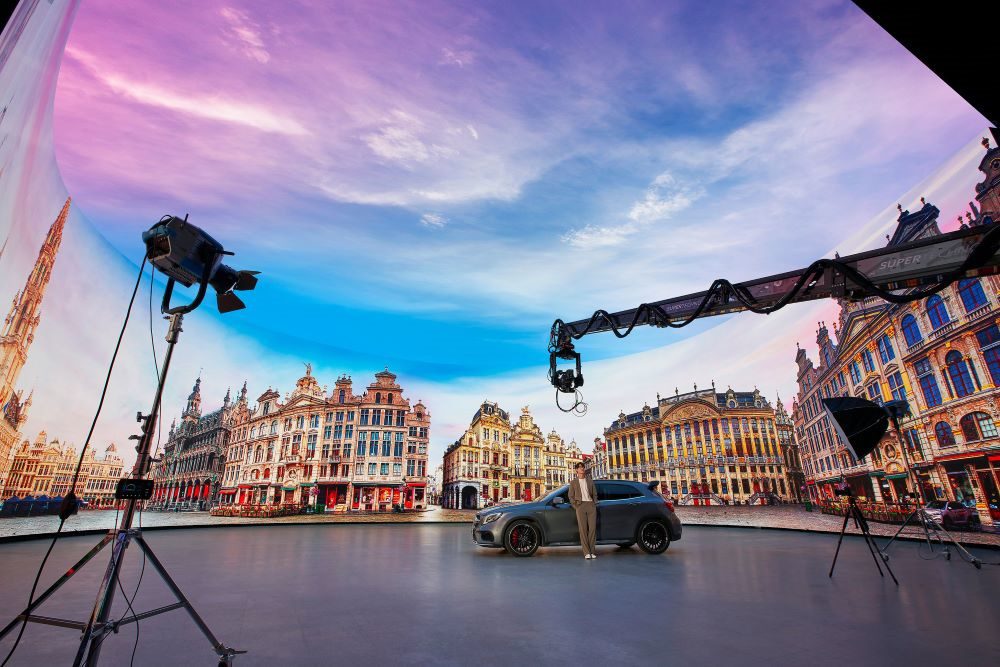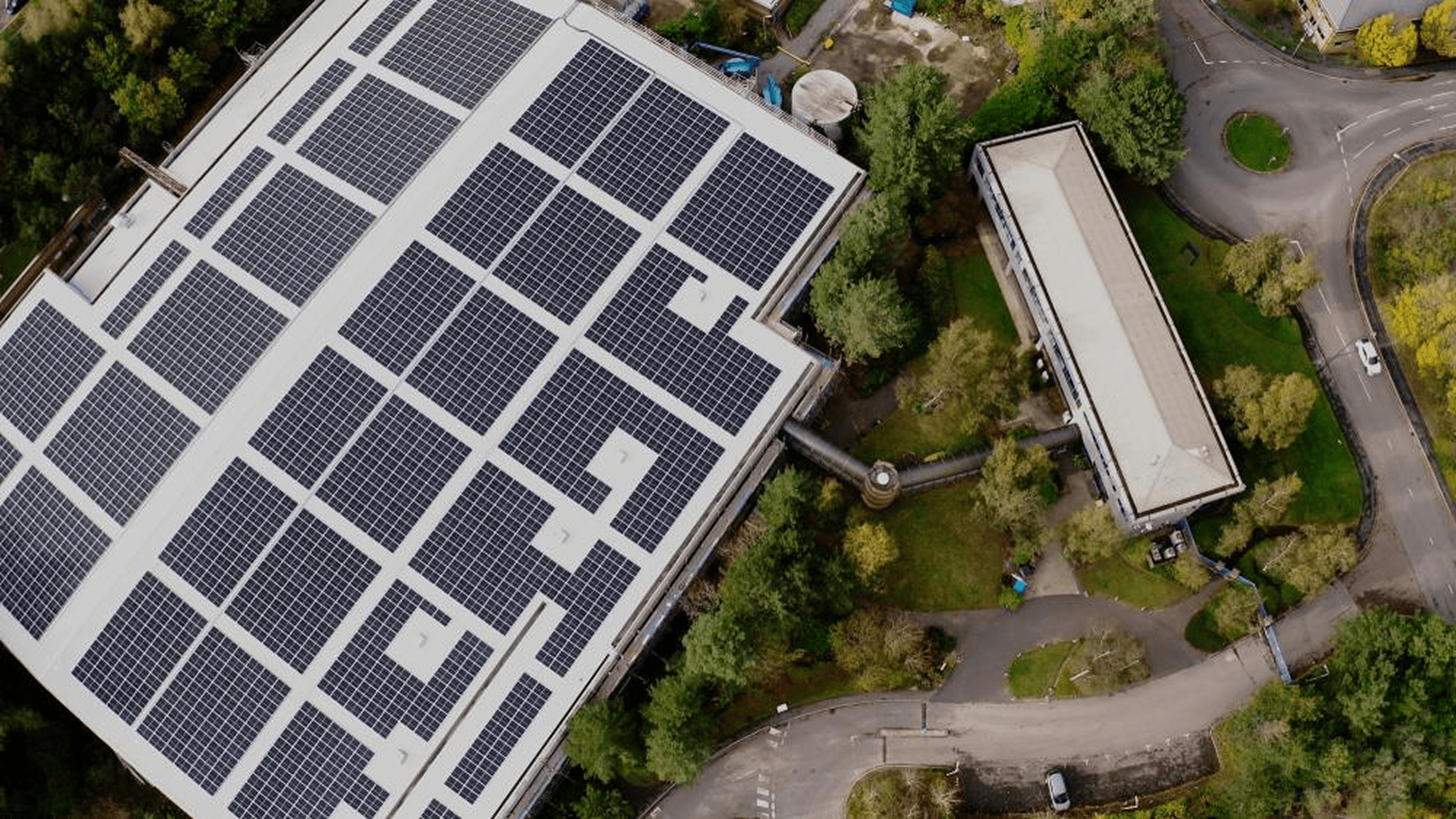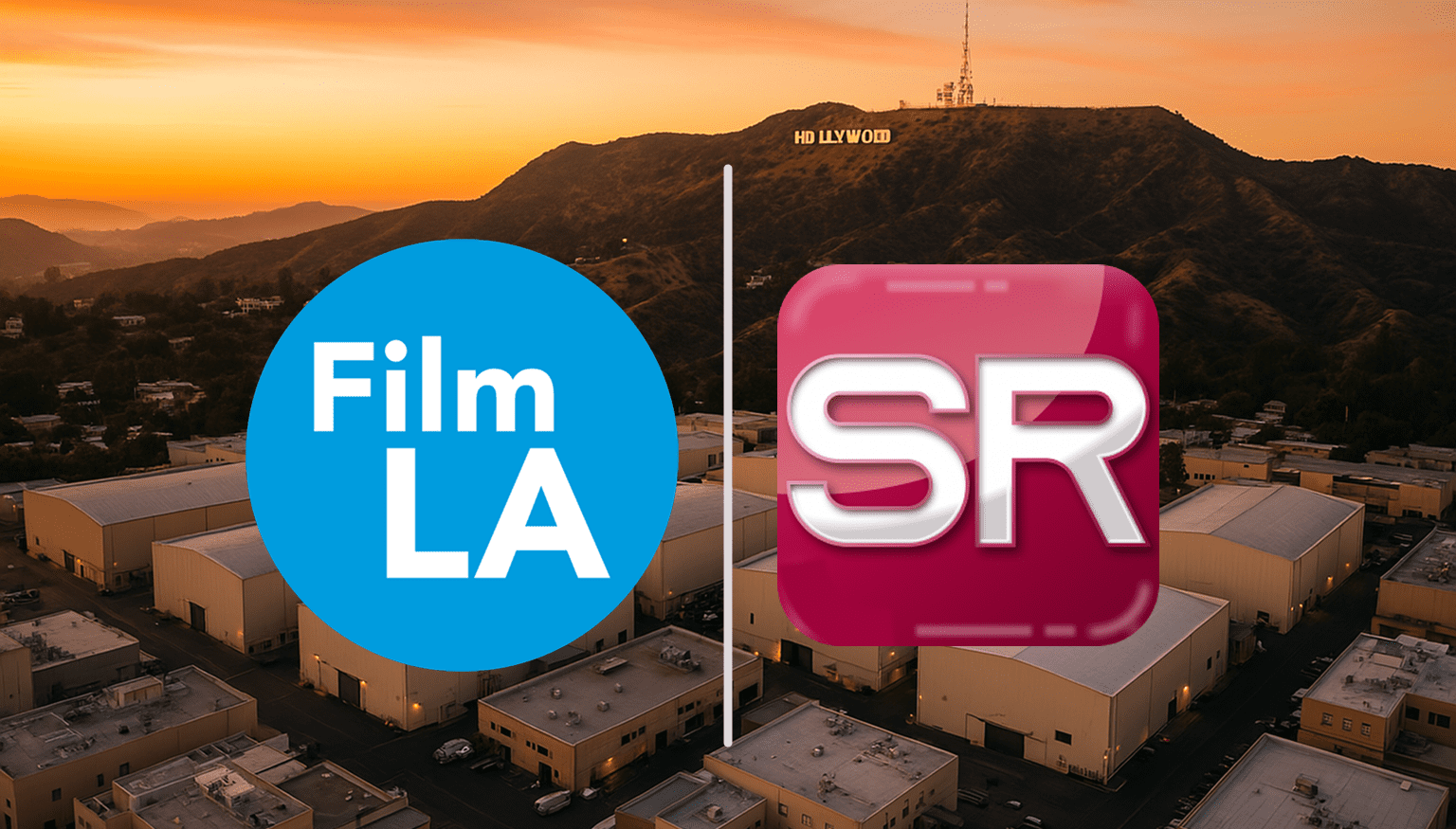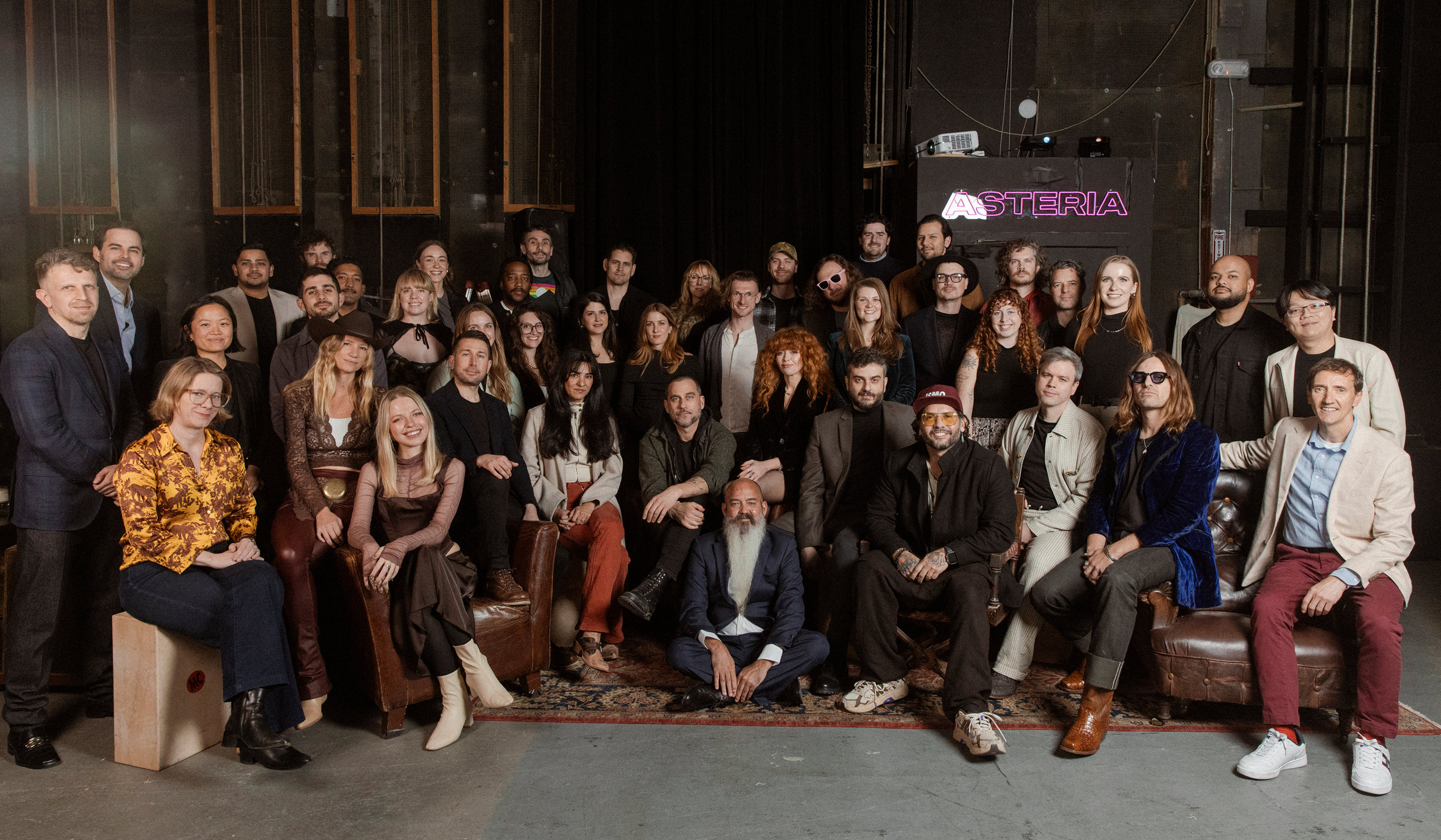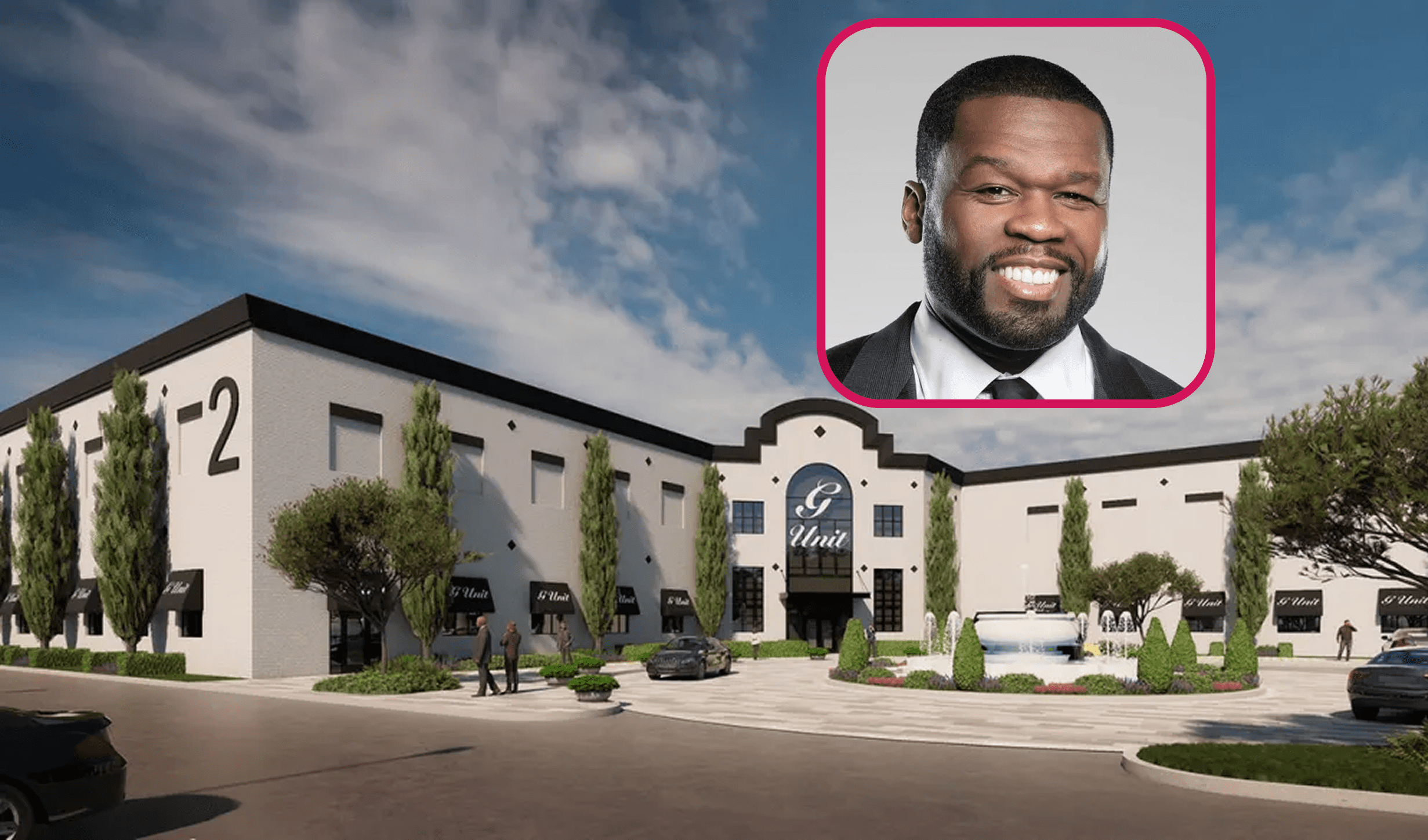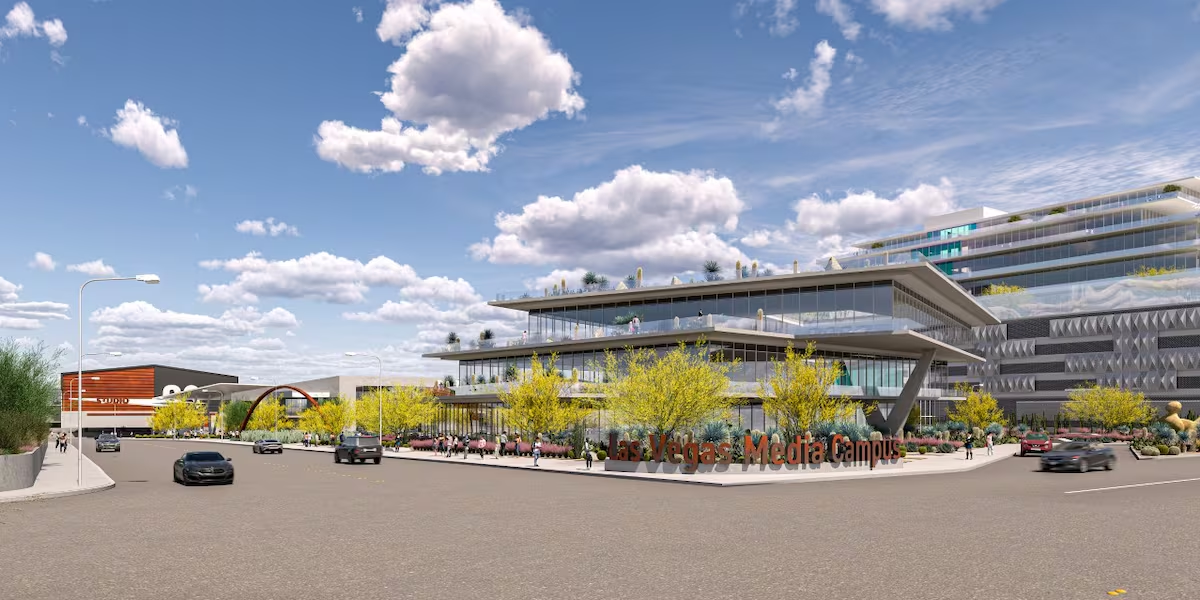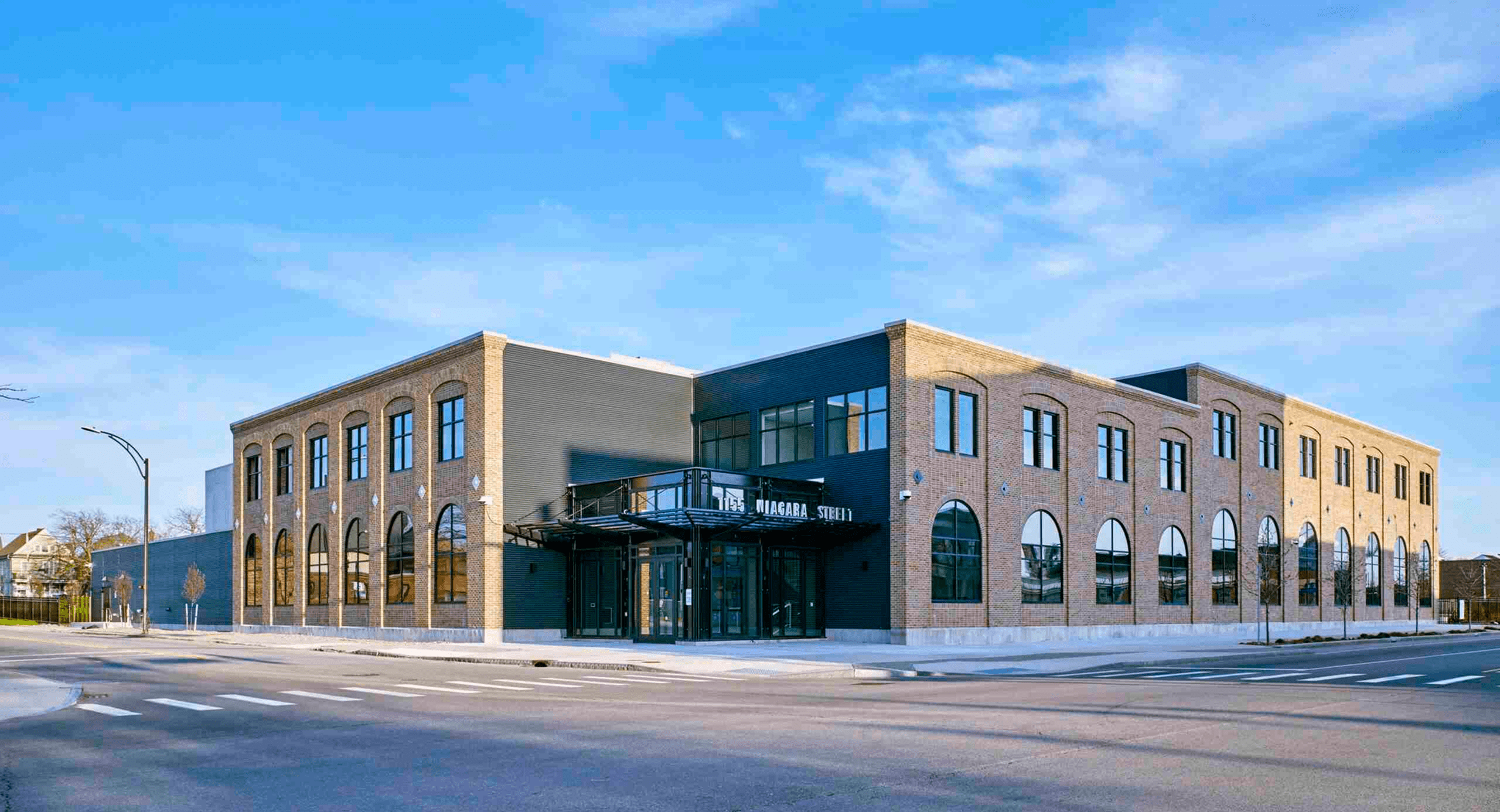Illinois just posted the second-highest film and television production spending in its history, clocking in at $653 million in 2024—a clear rebound following last year’s industry-wide shutdown. According to Governor JB Pritzker and the Illinois Department of Commerce and Economic Opportunity, the sector also delivered an estimated $351 million in wages and hired over 18,000 workers (not including extras), reaffirming the state’s position as a top-tier U.S. production hub.
The numbers aren’t just big—they’re strategic. Illinois’ aggressive incentive structure, including a 30% tax credit on qualified expenditures (with an additional 15% bump for hiring from economically disadvantaged areas), has helped the state compete with heavyweight rivals like Georgia and New York. Crucially, there’s no cap on the credits—making it one of the most producer-friendly programs in the country.
The Film Production Tax Credit was also extended through 2032 under Governor Pritzker’s administration, ensuring long-term predictability for productions and attracting high-profile projects like The Bear (FX), Dark Matter (Apple TV+), Power Book IV: Force (Starz), The Chi (Paramount+), and Chicago Med/Fire/PD (NBC). Streaming hits and independent features alike are flocking to the state—Ghostlight premiered at Sundance this year, while The Up and Comer and Love Language continue to gain festival traction.
But it’s not just about marquee titles. Illinois has doubled down on workforce development with the Film & TV Workforce Training Program, which is training over 200 individuals annually from underrepresented communities. The goal is to create an industry pipeline that’s more inclusive—and more equipped to meet rising demand.
With no cap on its tax credit, a deepening talent pool, and one of the highest ROI figures in the country—$6.81 in economic activity for every $1 in tax credits—Illinois is more than just a location. It’s a production strategy.

